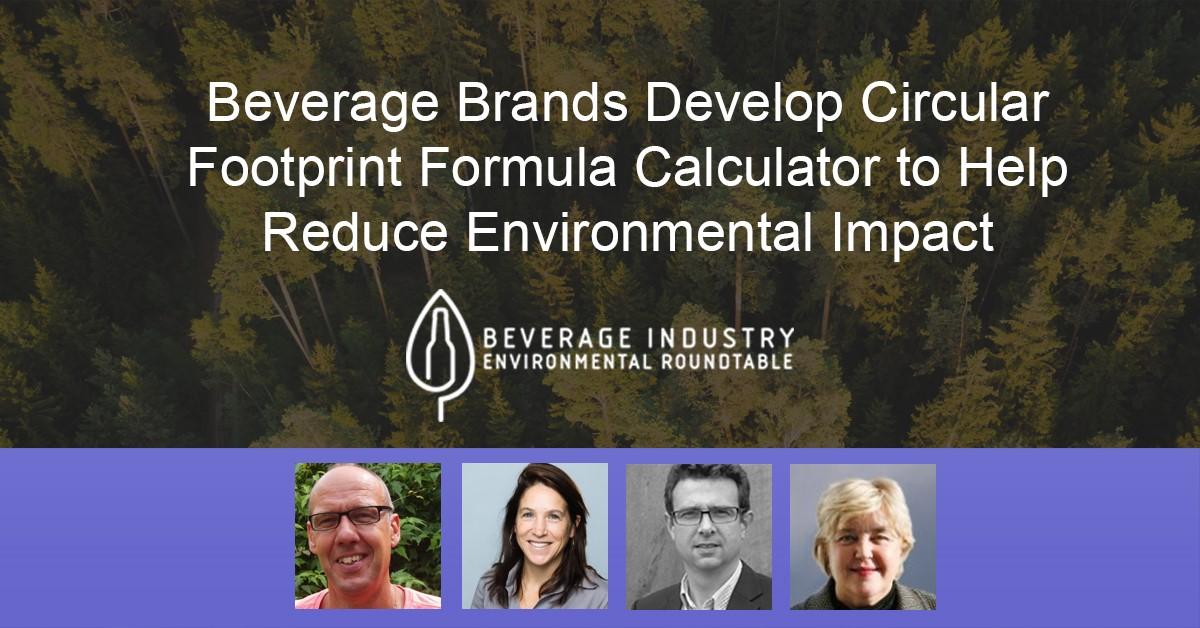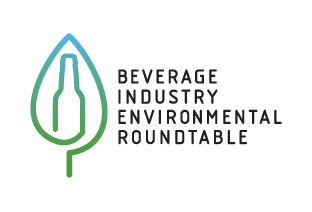Beverage Brands Road Test Circular Footprint Formula
In ‘Calculated’ Move, Beverage Brands Develop Circular Footprint Formula Calculator to Help Reduce Environmental Impact of Packaging

Beverage Brands Road Test Circular Footprint Formula
Leading beverage companies have been at the forefront of a global transformation taking place: The shift from the traditional take-make-use-dispose mindset to a society built around circular economy models.
Beverage brands have banded together (along with other organizations around the world) to continually challenge thinking around products, packaging materials and design, distribution, recovery, and other aspects critical to circularity. Achieving a circular economy is truly transformative and requires new ways of thinking, collaboration, and stakeholder alignment.
“Certainly, a move of this magnitude isn’t accomplished overnight,” Paul Bruijn, Senior Global Lead for Safety and Environment at HEINEKEN, said. “It’s a systematic shift that needs scalable, thoughtful, and collaborative solutions to enable companies to design products and business operations around recycling, reuse, and other circular economy principles.”
But time is of the essence as we stare down mounting environmental challenges and sustainable development goal (SDG) deadlines. Since 2006, the beverage companies within the Beverage Industry Environmental Roundtable (BIER) have made significant strides, building and deploying best practices, frameworks, and tools to advance sustainability inside and outside their business sector. Just one example of this work is our Beverage Industry Greenhouse Gas Emissions Sector Guidance, a living document that aims to create greater consistency, accuracy, transparency, and leadership with GHG accounting and management.
That commitment to innovation led to the development of BIER’s Circular Footprint Formula (CFF) Calculator for Packaging. Visit the BIER blog to learn more about the development of this tool and hear from members at the forefront of implementing recycling, reuse, and alternative energy strategies to radically reduce—and eventually eliminate—their carbon footprints.

